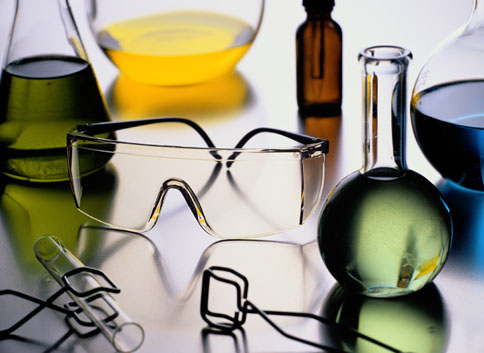It is not a new thing that nanotechnology is the future of our industry and science. This fact was recently confirmed by private budget flight company EasyJet, which covered some of its airplanes with ultra thin paint ( a nanotechnology which was taken from military )
It was calculated that this new paint, weighing no more than 114 grams as a whole, can significantly improve the aerodynamics of the airplane as much as can prevent dirt settling on the wings. This means reducing the fuel consumption for about 1-2 %, which can have a considerable impact on company's economy because for example last year EasyJet spent almost 1 bilion $ for fuel. As a result, this company can offer better prices for its flight tickets to customers.
ilustration of a military unmanned aircraft
Nanotechnology is predicted to be the material of the 3th millenium. It could be used in broad range of technological fields covering areas from energy providers for outer space exploration to common areas as medicine or textile industry. It will propably impact our lives in many ways.
However, not everything is as ideal as it might seem, there are still many problems with low efficiency in production and high prices for these materials. The question is: What do you imagine under the term - nanomaterials? Do you even know how are these materials formed?
Let's simply say that these materials are too small to be manufactured by ordinary mechanic machines.
Suprisingly, they can be made only thanks to the behavior of some particles in electric fields, carrying electric potential. There are until now about 50 compounds which can be used. They are all synthetic polymers.
I am going to briefly describe the most commonly known method of manufacturing nanomaterials : It's called Electrospinning.
In this method, we use electrical charge to draw very thin fiber from a liquid. We use complex and large molecules (polymers) to create strong, stable fibers. When we apply a sufficiently high voltage to a liquid droplet, the body of the liquid becomes charged and then electric repulsion counteracts the surface tension and the liquid becomes stretched. In a critical point, a stream liquid erupts from the surface. Then it is dried and otherwise modified in order to create identical fibers, as we can see in the picture.
Modern machines can create only about 5-6 grams of nanofibers per hour, although this figure can be a little higher as don't know how old information I have. Still, it is not much and this area needs further improvements.
For now, we can look forward to new comfort what this can bring to us. For example, my fellow ; czech student from Technical University of Prague has won an IBM student projects price for a computer with multitouch screen made from nanomaterials :-)
sources:
http://inhabitat.com/easyjet-coats-airplanes-with-ultra-thin-paint-to-reduce-fuel-consumption/
http://www.novinky.cz/ekonomika/225217-revolucni-nater-ma-snizit-spotrebu-paliva-letadel.html
http://en.wikipedia.org/wiki/Electrospinning
http://www.celsias.com/article/nanotechnology-our-food/





